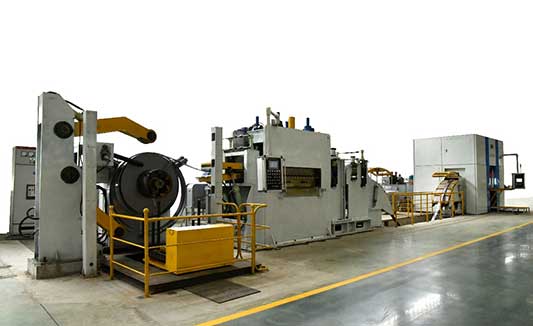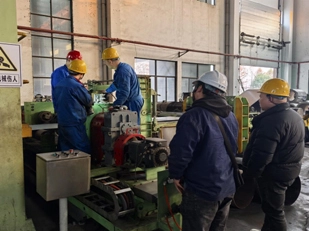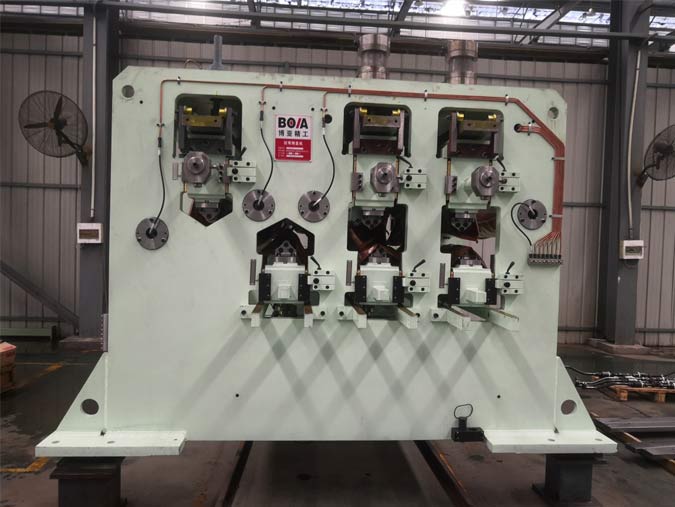Comparability Between Fine Blanking and Conventional Stamping
Fine blanking presses are used to process thin materials such as sheet metal, plastic sheet, cardboard, wood and even paper. Using this high-precision technology, the finest contours can be stamped with consistent precision. The fine blanking press is also known as "fine cutting" presses. Fineblanking uses additional support tools (pads) and impact techniques to minimize plastic deformation during shearing. Fineblanked gears are used in automotive parts, appliances, offices and medical equipment.
1. Fine blanking creates functional surfaces of the finished product
Fine blanking technology excels in creating functional surfaces, but thicker sheets demand higher pressure—reducing stroke efficiency and output. However, as material thickness increases, the core challenge emerges: braking resistance from the workpiece counters the punch force, requiring precision control in fine blanking operations. At the lower end of the material, this resistance is suddenly broken and the punch rushes through the remaining sheet thickness with great acceleration. With this so-called cutting shock, the material accidentally tears more material at the edge, and the lower edge actually wears out. Finished parts must be reworked later if they are to have precise right-angled cut edges. This post-processing can be omitted if the sheet metal part is finely cut.
2. The fine blanking process is different from ordinary stamping
The punch moves from bottom to top during fine blanking. For this purpose, the raw material is held along the cutting contour by so-called ring clamps. Only then can the stamp with the desired shape cut the metal. Combined with a significantly reduced cutting gap, cylindrical cutting sections of up to 100 % of the sheet thickness can be achieved with precisely right-angled cutting edges, but for thin sheets the cutting gap becomes very small. Here a complex strut frame is required for guidance. In the press, further processing steps such as countersinking, punching, offsetting or penetration can be combined with fine blanking in progressive tools.

3. The influence of cutting is eliminated during fine blanking
The tool set is more complex for fine blanking, as compared to punching, it also includes a recoil punch and a hold-down device that hold the sheet firmly before and during the cutting process. This induces a stress state as close as possible to the compressive stress range during shearing. This increases the formability of the material without any cracks or broken surfaces on the cut surface of the part. The workpiece material is plastically deformed until the punch has passed completely through the sheet - the material does not tear suddenly. These tear-free cut surfaces can be used as functional surfaces without further finishing.
Topics You May Be Interested in:
Roll Coating Process
Backup Rolls
Precision Blanking
Conventional Stamping
Rubber Roller Coating Machine
Press Blanking
Popular BOYA Flat Metal Processing Machinery
Other Articles about BOYA Flat Metal Processing Machinery

 English
English 





